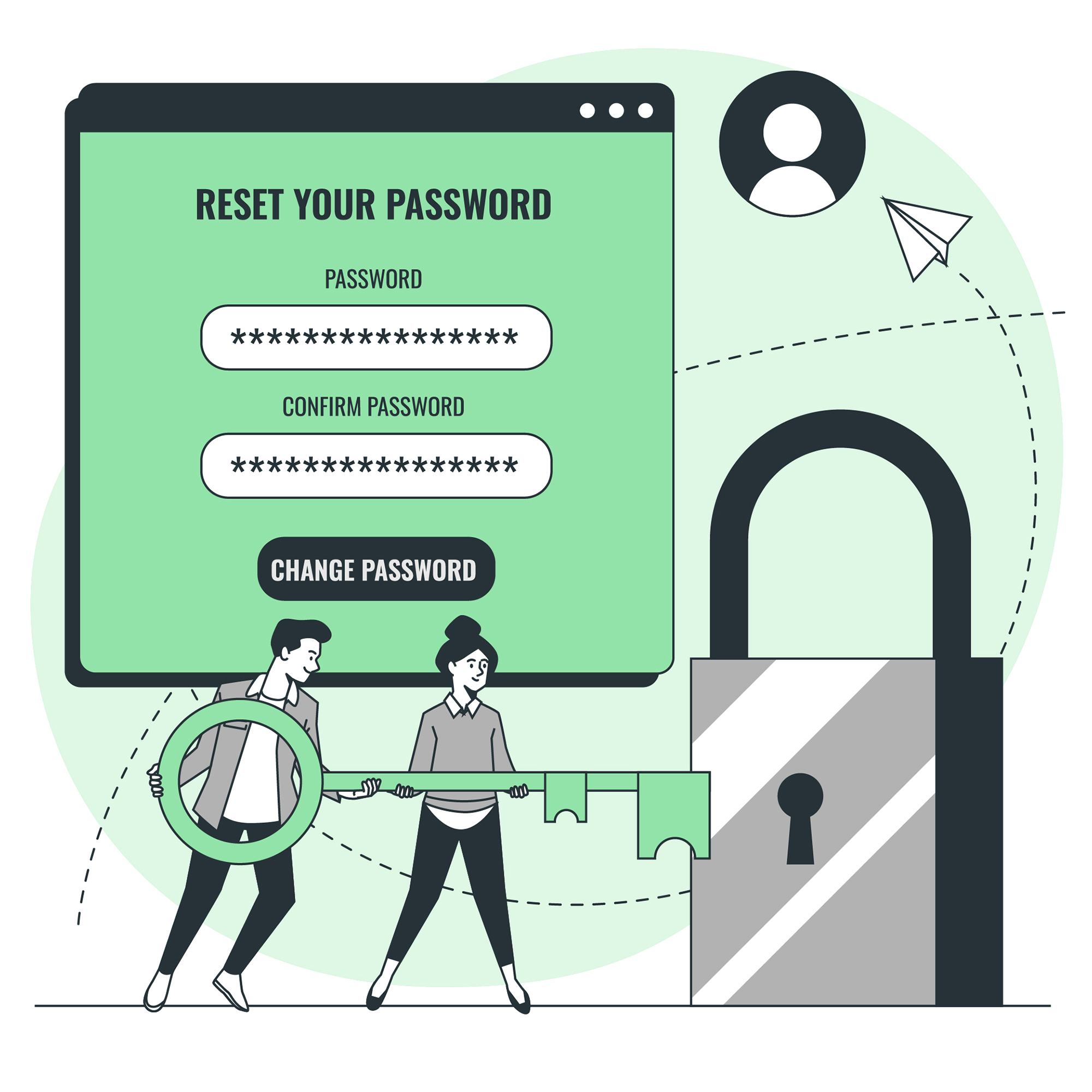How Secure Is My Password?
Passwords are one of the most important aspects of our online safety and security, so it’s important to know and understand the security risks associated with passwords and the available measures that can be taken to protect them. This article will discuss what makes a secure password, common weaknesses in cybersecurity, assessing the strength of your password, protecting your data with two-factor authentication, different types of encryption, password managers for enhanced security, common password habits that should be broken, and proactive measures to secure your data.
What Makes a Secure Password?
A secure password should be long, complex, and unique. An ideal password should contain at least 12 characters and include a combination of upper- and lower-case letters, numbers, and symbols. Additionally, it should not contain any personal information or words found in the dictionary. To ensure maximum security, passwords should be changed on a regular basis and should not be reused for multiple accounts.
Common Weaknesses in Cybersecurity
SSL encryption is a common security measure used to protect online communications, but there are potential weaknesses in it that can be exploited by hackers. For example, there are a variety of attack vectors, such as man-in-the-middle (MITM) attacks, brute force attacks, and phishing attacks, that can be used to access confidential data.
Assessing the Strength of Your Password
Password strength can be easily assessed with the help of online password checkers. These checkers will analyze the complexity of your password and its resistance against different types of attacks. Additionally, they also recommend changes to strengthen weak passwords.
Protecting Your Password with Two-Factor Authentication
Two-factor authentication (2FA) is an additional security measure that requires users to provide additional verification when they log in to their accounts. It typically involves providing a code or token sent to the user’s phone or email address, which is then used to verify their identity. This additional step prevents hackers from accessing accounts, even if they have their username and password.
Different Types of Encryption
Encryption is a process of transforming data into an unreadable form to prevent unauthorized access. There are two basic types of encryption used for online security: symmetric encryption and asymmetric encryption. Symmetric encryption is used to encrypt data at rest, while asymmetric encryption is used to protect data in transit.
Password Managers for Enhanced Security
Password managers are applications that store and protect your passwords in an encrypted state. They allow you to create strong, unique passwords for websites and applications, and can be used to automatically log into accounts. Additionally, some password managers will generate random passwords for you to use when creating new accounts.
Common Password Habits You Should Break
Many people have the habit of using the same password for multiple accounts or writing down their passwords in unsecured places. These practices should be stopped as they make your physical and digital security vulnerable to outsiders.
Taking Proactive Measures to Secure Your Data
In addition to using a secure password, there are other steps you can take to secure your data. For example, you should use a virtual private network (VPN) to encrypt your internet connection, and you should be mindful of the websites you visit and the information you store on the internet. Additionally, you should use a reputable and updated antivirus program to protect your system from malware and other malicious software.
Summing Up How Secure Is My Password?
When it comes to online security, passwords are one of the most important aspects that need to be taken into consideration. A secure password should be long, complex, and unique, and should never be reused for multiple accounts. Additionally, two-factor authentication and encryption measures should be taken to further protect data. To ensure maximum safety, users should also regularly update their passwords, use password managers, and take other proactive measures to secure their data.




![Crafting Unforgettable Passwords: A Guide for Developers A string of random characters typically has higher entropy compared to a few common words due to the vast number of possible combinations. For example, a 10-character lowercase password has roughly the same entropy as a 4-word passphrase picked from a 5000-word dictionary [5].](https://passwordclinic.com/wp-content/uploads/2024/06/automation-section-3-150x150.webp)





![A string of random characters typically has higher entropy compared to a few common words due to the vast number of possible combinations. For example, a 10-character lowercase password has roughly the same entropy as a 4-word passphrase picked from a 5000-word dictionary [5].](https://passwordclinic.com/wp-content/uploads/2024/06/automation-section-3.webp)

